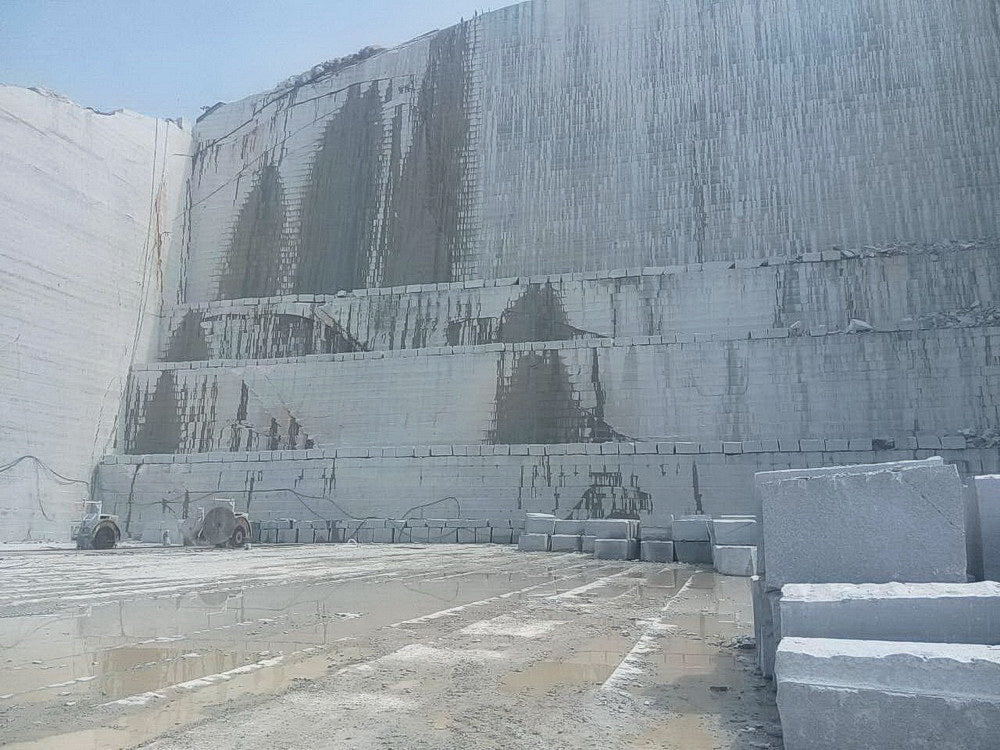Discovering the Beauty of Granite Quarry in South Africa Wonders
Discovering the Beauty of Granite Quarry in South Africa Wonders
Blog Article
Unearthing the Rich Background and Sustainable Practices of Granite Quarrying
As we depend on the precipice of revealing the elaborate tapestry of granite quarrying, a journey via time reveals not just the physical act of extracting stone however additionally the cultural and historical importance woven into the very textile of this practice. From the ancient beginnings that laid the foundation for modern-day quarrying strategies to the sustainable methods that are forming the future of this industry, each chisel mark on granite surface areas narrates waiting to be unearthed (granite quarries in south africa). The tradition of granite quarrying extends much beyond mere extraction; it is a testimony to human resourcefulness, durability, and the long-lasting attraction of this majestic rock
Old Beginnings of Granite Quarrying
Going back to ancient civilizations, the technique of quarrying granite has been an essential component of human history and building improvement. The earliest proof of granite quarrying go back to old Egypt, where large pyramids and complex sculptures were crafted from this durable stone. The Egyptians used primitive devices to draw out granite blocks from quarries, showcasing the importance of this product in their monumental constructions.
Moving on in background, the Greeks also made considerable payments to the quarrying of granite. The Greeks utilized granite in various building wonders, such as holy places and statuaries, demonstrating their skill in shaping and sculpting this hardy rock. The Romans further refined the methods of quarrying granite, utilizing sophisticated devices like blades and hammers to remove and form granite for their renowned structures.
With the centuries, the method of quarrying granite has evolved, with modern-day technologies improving effectiveness while keeping the ageless charm of this all-natural stone - granite quarries in south africa. From old human beings to contemporary building contractors, the heritage of granite quarrying remains to shape our world
Evolution of Quarrying Strategies
The advancement of quarrying strategies has been noted by a continual development in the direction of greater efficiency and accuracy in removing granite. Early quarrying methods included hand-operated labor with fundamental tools such as chisels, hammers, and wedges to remove granite blocks from the earth.
In even more recent times, the development of machinery reinvented the quarrying industry, making it possible for much faster extraction rates and increased productivity. Technologies such as diamond cable saws, high-pressure water jets, and pneumatically-driven drills have actually ended up being conventional in modern-day quarries, permitting exact cutting and reduced waste. Additionally, improvements in computer-controlled equipment and 3D modeling have enhanced quarrying operations, bring about marginal ecological influence and boosted sustainability methods. As the demand for granite remains to increase, the advancement of quarrying techniques continues to be integral to meeting sector needs effectively and sustainably.
Social Relevance of Granite
Granite holds a profound social relevance throughout numerous people due to its enduring presence in architectural masterpieces and revered monuments. The cultural significance of granite expands past its physical these details features; it explanation personifies strength, stability, and timelessness, making it a symbol of enduring legacies and customs.

Lasting Practices in Quarrying
In the middle of the abundant background of granite quarrying and its cultural significance exists an expanding focus on sustainable practices within the sector. As environmental understanding and worries concerning resource depletion have heightened around the world, the quarrying field has actually increasingly embraced lasting approaches to reduce its influence on the atmosphere and bordering areas.

Furthermore, recovery and rehab of quarry websites post-extraction are essential to sustainable methods. By recovering quarried locations to an all-natural or look at this site helpful state, such as creating wildlife environments or recreational rooms, quarriers can counter the environmental impact of their procedures and contribute positively to the regional ecological community.
Heritage of Granite Quarrying
With a historical backdrop soaked in workmanship and industrial progression, what withstanding effect has granite quarrying left on the landscape of modern society? The tradition of granite quarrying transcends plain removal methods; it has actually formed building marvels, metropolitan landscapes, and cultural heritage worldwide. The resilient nature of granite has actually made it a recommended option for monoliths, buildings, and infrastructure, standing as a testament to the ability and artistry of quarry workers throughout generations.
Additionally, the financial impact of granite quarrying can not be neglected. The sector remains to give employment possibilities and drive local economies in areas where granite removal is prevalent. It has actually likewise stimulated technical developments in quarrying methods and equipment, causing much more reliable and sustainable methods.
In terms of sustainability, the legacy of granite quarrying includes efforts to minimize ecological influences with improvement jobs and responsible resource management. By balancing economic passions with ecological stewardship, the market aims to ensure that future generations can remain to gain from this enduring natural deposit.
Conclusion

Report this page